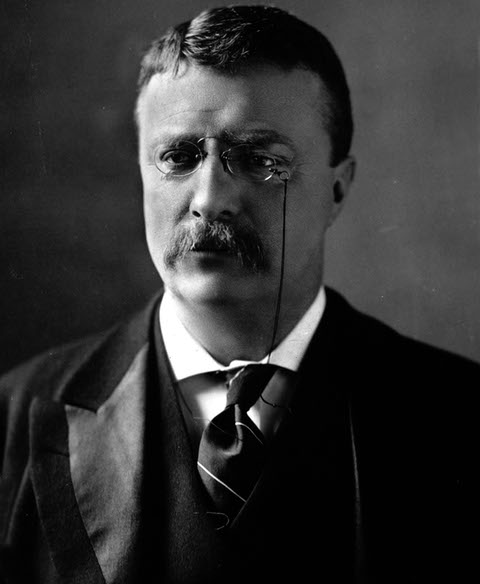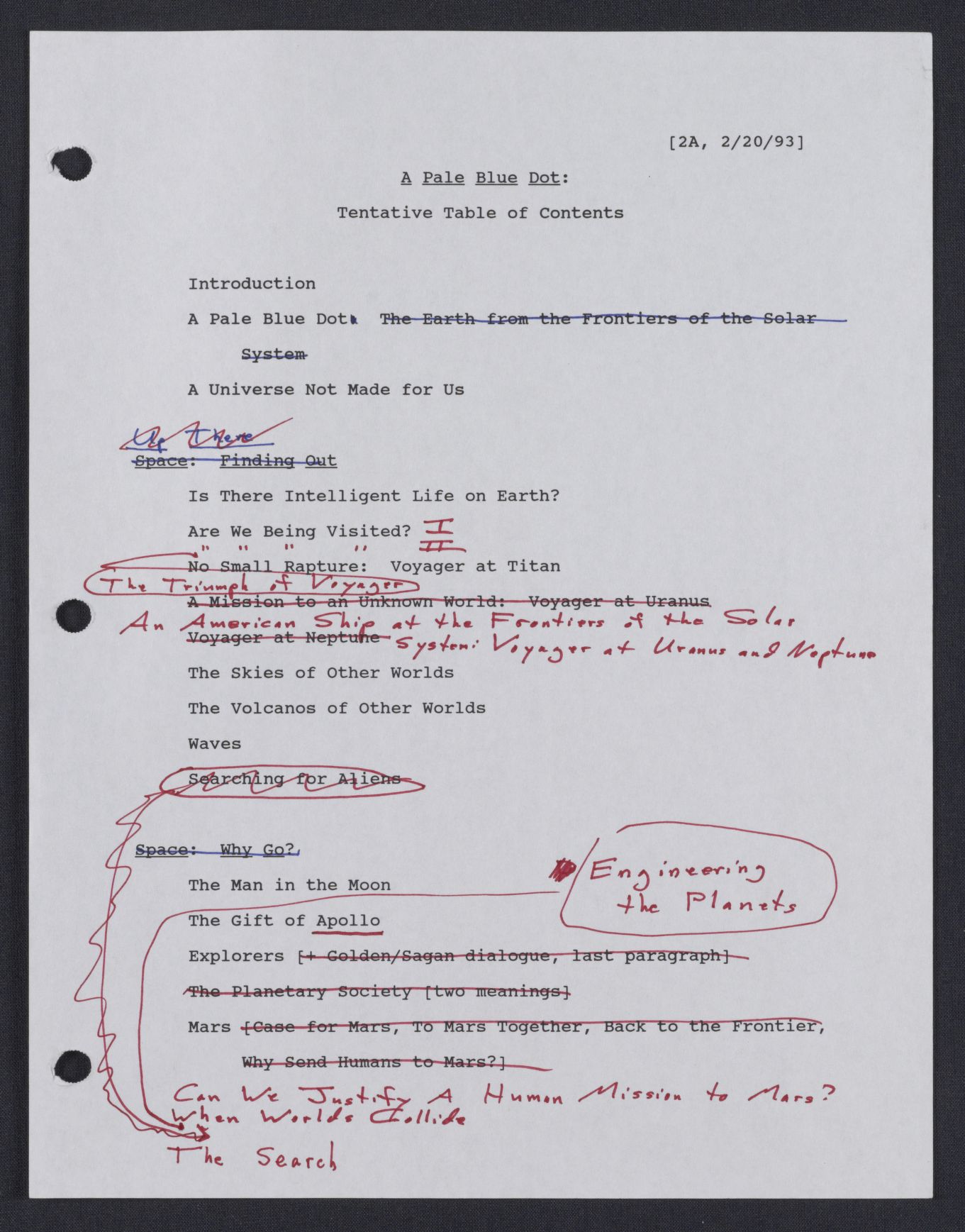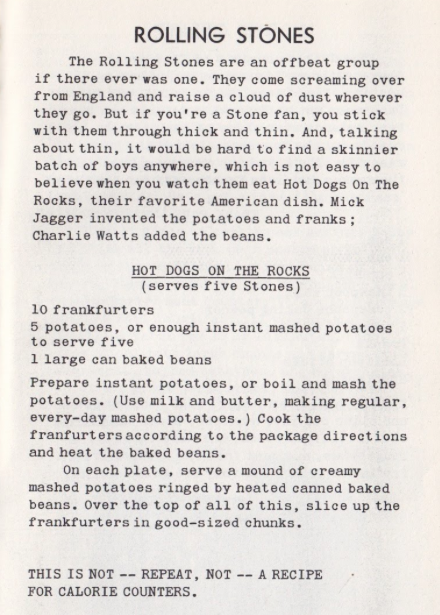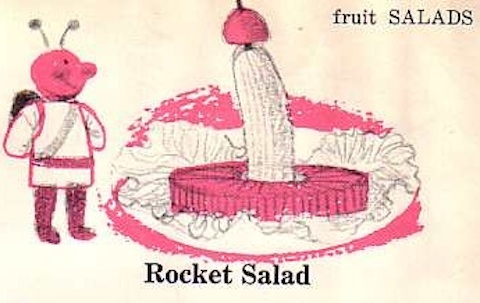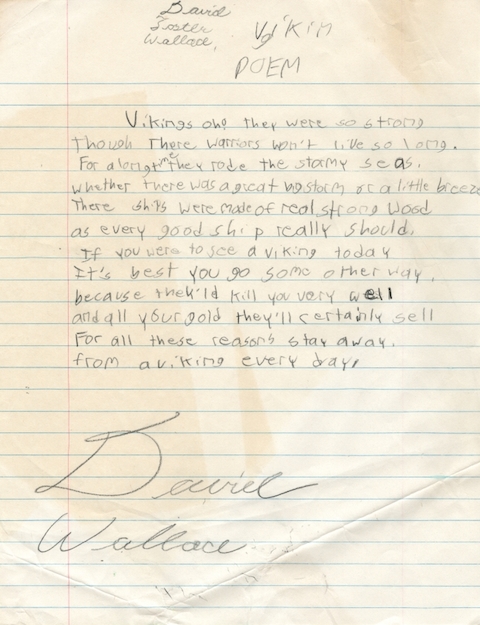”All of us who do creative work,” says Ira Glass, creator This American Life, quite possibly the most respected program on public radio, “we get into it because we have good taste.” Yet despite this discernment, or indeed because of it, “there’s a gap: for the first couple years that you’re making stuff, what you’re making isn’t so good. [ … ] Your taste is good enough that you can tell that what you’re making is kind of a disappointment to you.” For this reason, Glass argues, the tasteful often fail at their creative endeavors entirely. “Most everybody I know who does interesting creative work,” he continues, “they went through a phase of years where they had really good taste, and they could tell what they were making wasn’t as good as they wanted it to be.” This astute diagnosis of a “totally normal” syndrome comes extracted from Glass’ talk on the craft of storytelling, previously featured here on Open Culture.
Fortunately for those of us struggling with the very taste-ability mismatch Glass describes, a solution exists. If you want a quick fix, though, prepare for disappointment. “Do a lot of work,” he flatly advises. “Do a huge volume of work. Put yourself on a deadline so that every week or every month you know you’re going to finish one story. Because it’s only by actually going through a volume of work that you’re actually going to catch up and close that gap.” These words have proven inspiring enough that they’ve surely spurred listeners on to plow paths of sheer production through their chosen rocky yet fertile creative fields. Two listeners in particular, David Shiyang Liu and Frohlocke, apparently found themselves immediately galvanized to work with the words themselves, resulting in the typographically focused video interpretations above. Only one question remains: how large a volume of typographically focused video interpretations of Ira Glass’ words did they have to create before they could make ones this impressive?
Related Content:
Ira Glass, the Host of This American Life, Breaks Down the Fine Art of Storytelling
Ira Glass on the Art and Craft of Telling Great Radio Stories
Colin Marshall hosts and produces Notebook on Cities and Culture and writes essays on cities, Asia, film, literature, and aesthetics. He’s at work on a book about Los Angeles, A Los Angeles Primer. Follow him on Twitter at @colinmarshall or on his brand new Facebook page.
